Amazon Lily Facts
- Importantly, the name Amazon Lily serves as the term applied to a genus of beautiful Neotropical flowering plants. Amazingly, a total of roughly 20 species constitute this group. All of them, however, hold a close relationship with the Amaryllis family.
- Due to its beauty, many, quite understandably, hold a great love for all varieties of these flowers. This appreciation of the wonder of Nature has also led to the development of numerous hybrids. Many more are still under development, as well.
- The common term Amazon Lily, however, most commonly applies to only 2 specific species within this grouping. Understandably, these particular species have been extensively cultivated by humans for an greatly prolonged period of time.
- Many of forms of the stunning flower further have yet another claim to fame. That’s the fact that numerous types have now become naturalized in regions outside of its endemic range. This patently speaks to its great adaptability.
- All this extreme natural beauty nonetheless hides a truly dark secret. That’s due to the fact that all parts of this little beauty contain powerful toxins. As a result, ingestion of even a small quantity of the plant by humans can prove fatal.
Related Articles
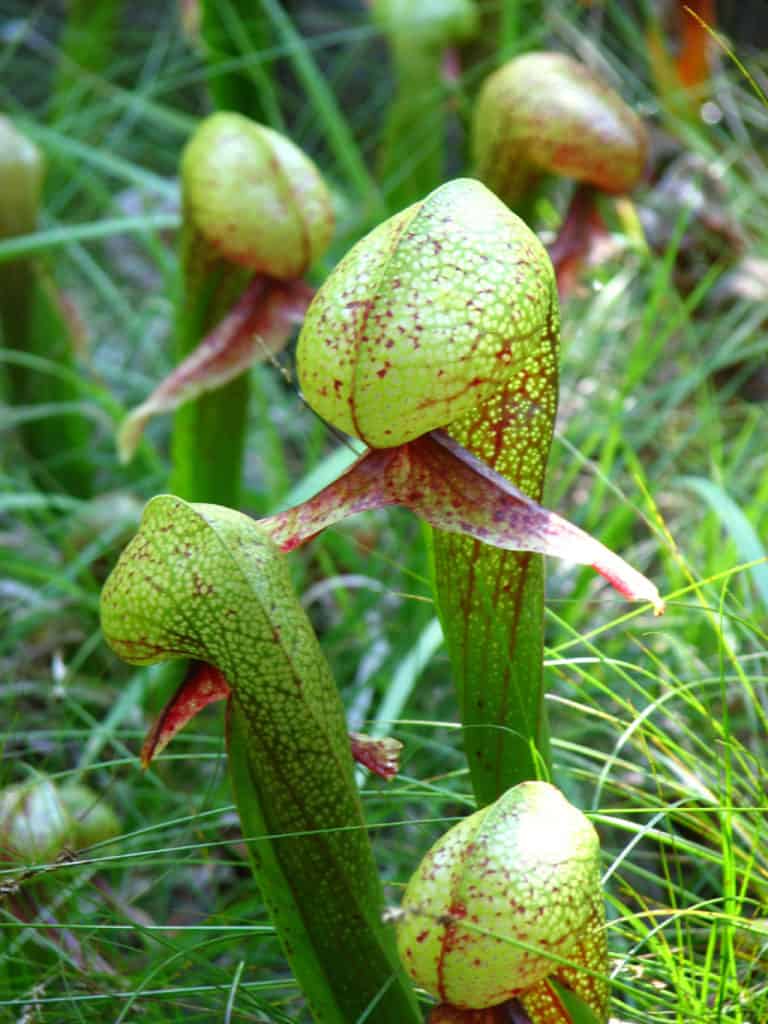

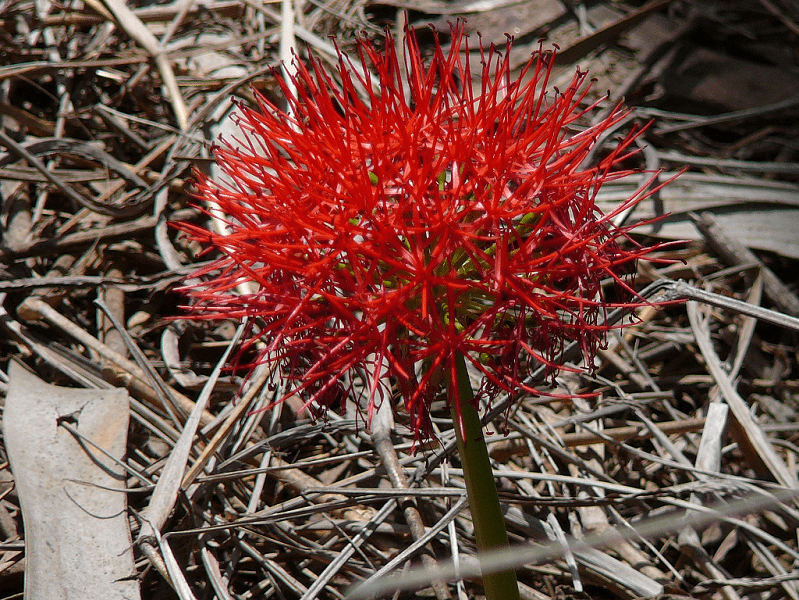
Amazon Lily Physical Description
The Amazon Lily evolved as a perennial plant in nature. The species grows from a small bulb, typically placed just beneath the surface of the soil. In addition, its varieties can vary slightly in size. Most types, though, average a height measuring roughly 31 in (80 cm).
The leaves of the various types of this plant also have their own appeal to some. This foliage ranges in overall length from an impressive 8-22 in (20-55 cm) in length. Impressively, the delicate flowers of the various forms also average 2 in (5 cm) in diameter.
These beautiful blooms also typically develop star-shaped. This lovely part of the plant commonly shows a bright white in color. Quite remarkably, the flowers of the beautiful Amazon Lily also remain known for possessing a very strong, pleasant scent.
These also generally appear in small groupings. When these develop, they generally number 3-10 blooms. Especially relevant remains the fact that the color of the interior central structure often has a remarkable light green tint. This creates a striking effect.
- Kingdom: Plantae
- Phylum: Angiosperms
- Class: Monocots
- Order: Asparagales
- Family: Amaryllidaceae
- Genus: Eucharis
- Species: E. amazonica
Amazon Lily Distribution, Habitat, and Ecology
To no great surprise, the endemic range of the known types of Amazon Lily serves as perhaps its most noteworthy feature. That holds true due to the fact that this perennial plant only appears in the Amazon regions of either South America or Central America.
More precisely, though, this area of habitation extends from Guatemala to Bolivia. Very interestingly, a few of them have also become naturalized in other regions of the world. These other areas include Mexico, the West Indies, and even a few tropical islands.
It has adapted to high heat and humidity, as a result of this. Despite this, it most commonly occurs in shaded areas. Also, the various forms of Amazon Lily grow best in certain specific soils. That includes areas consisting of a combination of loam and sand.
Finally, these incredible beauties also typically bloom in the spring. Variations of this theme nevertheless do exist, of course. As a result of this fact, some species will also bloom multiple times throughout the year, under the right conditions.
Species Sharing Its Range
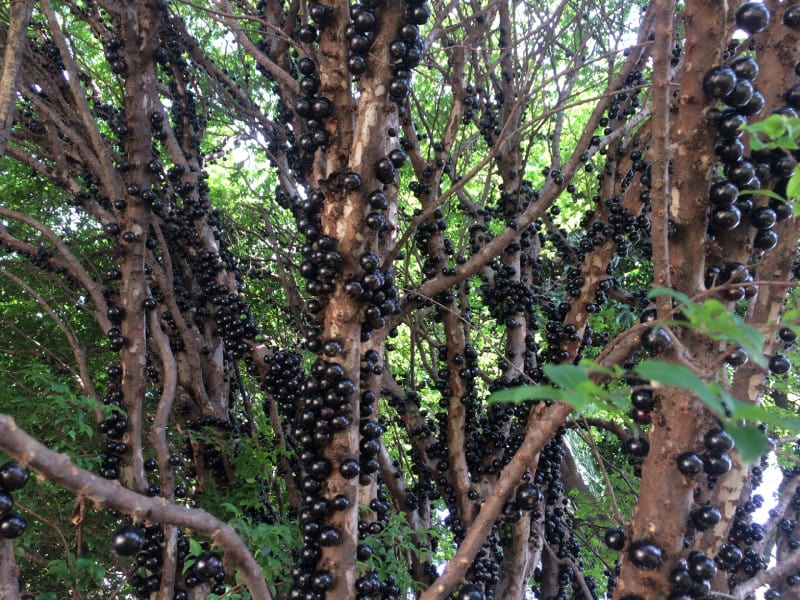
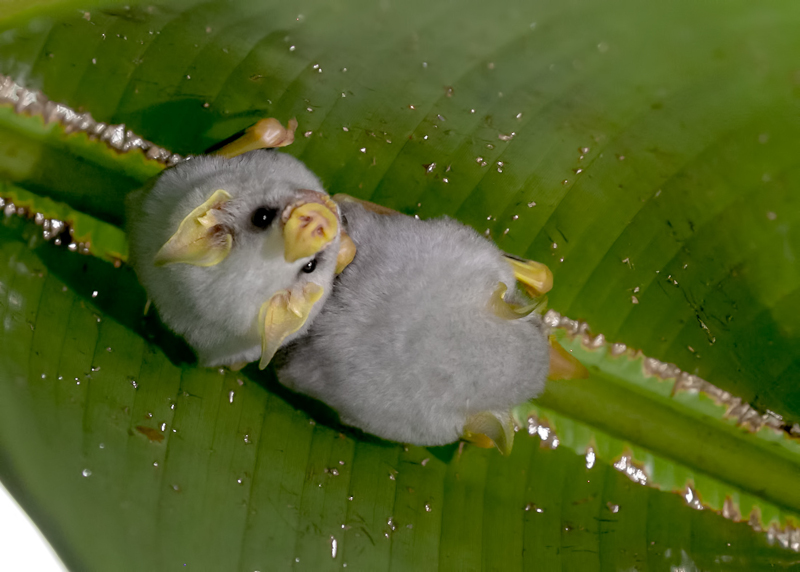
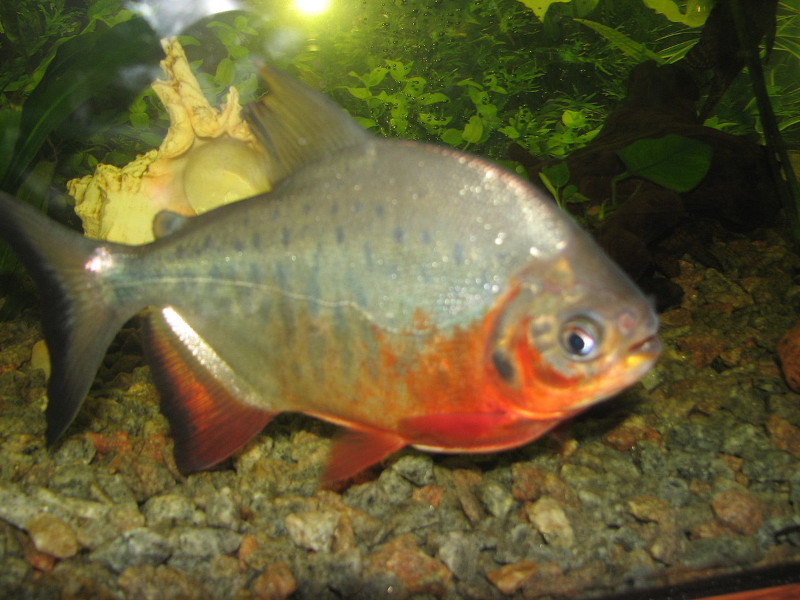
Check out our other articles on 6 Magnificent Carnivorous Plants, Caracal, Galapagos Penguin, Fly Geyser, Scythian Lamb, Flamingo Tongue Snail, Clouded Sulphur Butterfly, Komodo Dragon
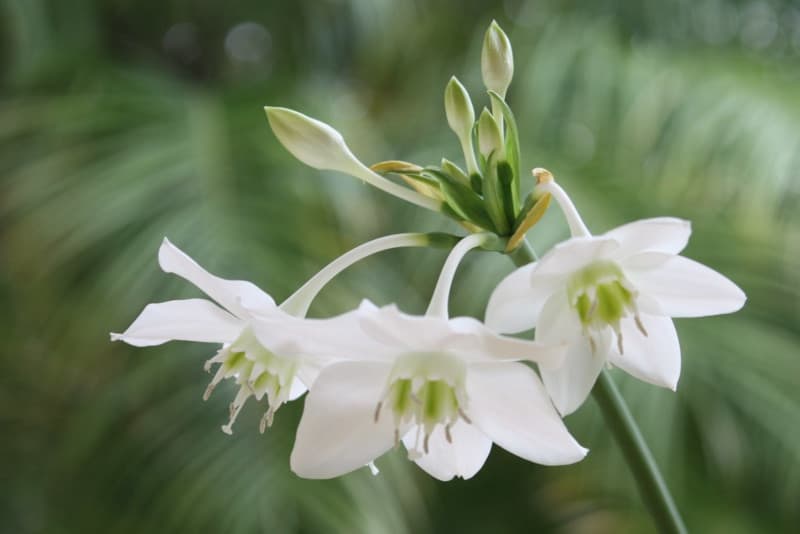
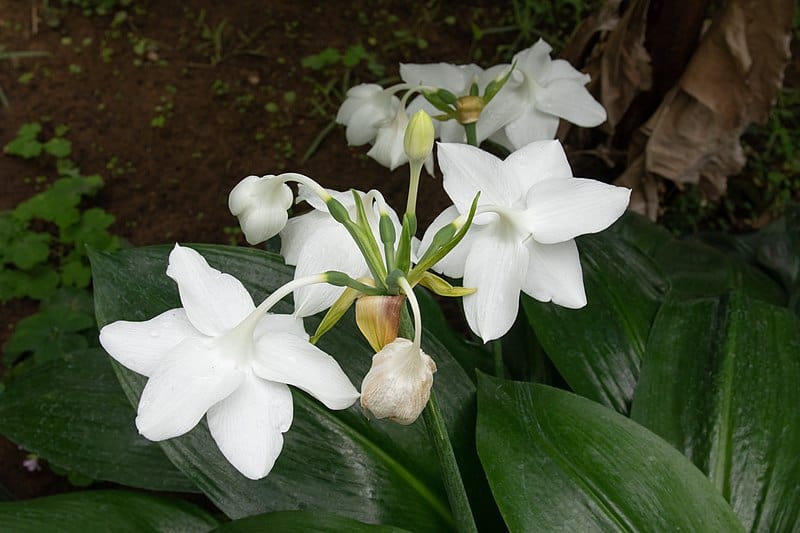
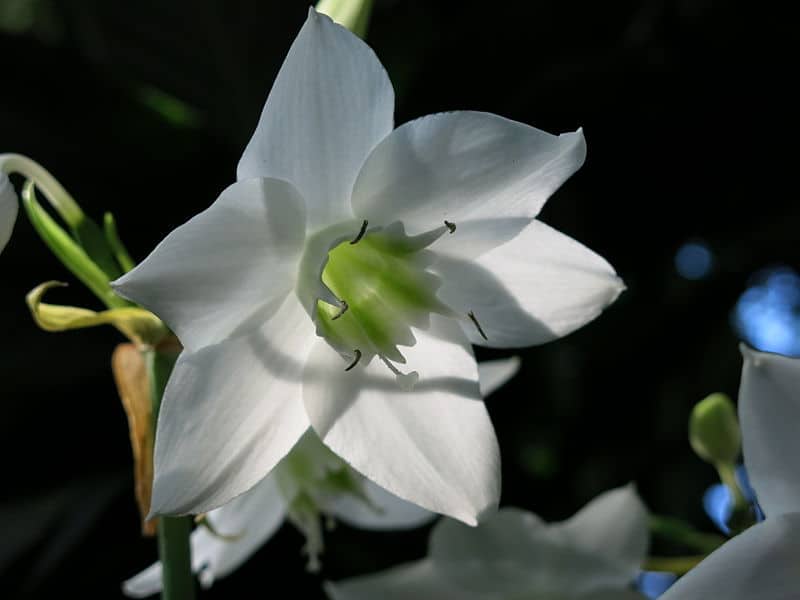









Leave a Reply